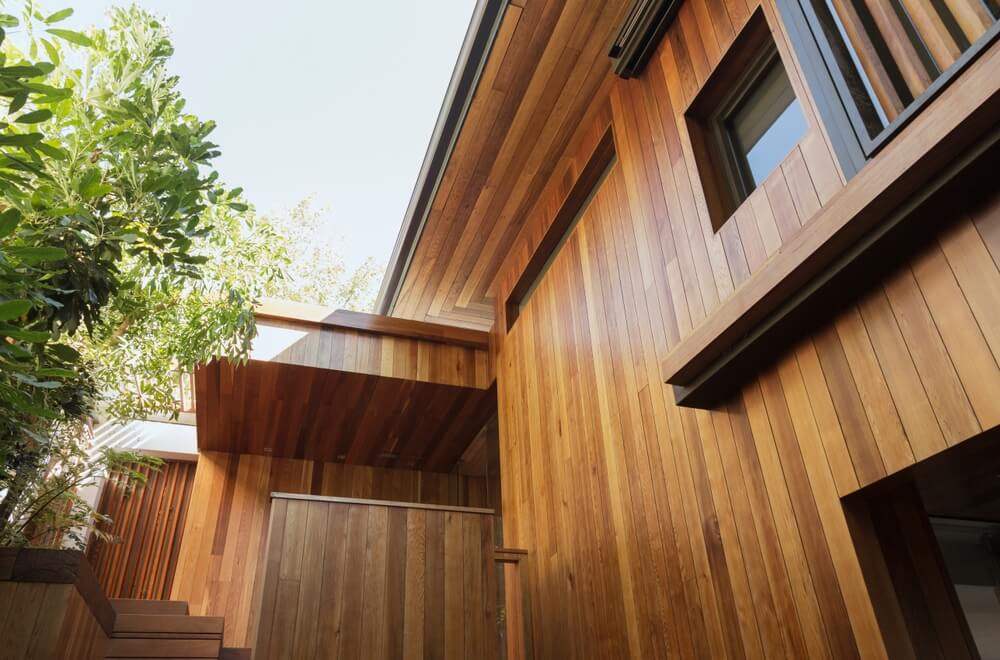Choosing the right siding for your home is more than an aesthetic decision—it’s a significant financial commitment. When comparing Hardie siding, vinyl, metal, and wood, understanding the upfront and ongoing costs is crucial. This guide will focus on the cost of Hardie siding and provide a clear comparison of its value against other siding options, helping you make a well-informed choice that balances cost, maintenance, and style.
Understanding Hardie Siding Costs
Hardie siding, known for its durability and low maintenance, might appear more costly upfront compared to other siding materials. However, the investment in Hardie siding can be financially advantageous in the long run. This type of siding does not require frequent repainting or intense upkeep, which significantly reduces maintenance costs over the years. Hardie siding also comes with options pre-painted in the factory, which ensures a longer-lasting finish without the hassle of weather-dependent painting schedules.
Initial Costs and Long-Term Savings
While the initial cost of Hardie siding can be on the higher end, it’s crucial to consider the longevity and durability it offers. Unlike other materials that might need replacement or extensive maintenance, Hardie siding holds up against the elements and maintains its appearance without ongoing costs. For homeowners looking at long-term occupation of their property, investing in Hardie might result in more significant savings over time.
Vinyl Siding: A Cost-Effective Option?
Vinyl siding offers a broad range of prices depending on the quality and style chosen. Lower quality vinyl might seem financially appealing initially but often requires replacements sooner than more robust versions. Premium vinyl is a mid-range price option, generally less expensive than Hardie siding, yet it still offers a decent balance between cost and durability. However, options like insulated vinyl or vinyl shakes, which aim to provide better insulation and aesthetic appeal, may level the price closer to that of Hardie siding.
Maintenance and Longevity Considerations
Although vinyl is resistant to decay and does not require painting, its durability against weather and mechanical damage is lower compared to Hardie siding. Homeowners may find that lower quality vinyl needs more frequent replacements, potentially nullifying its initial cost advantages.
Metal and Wood Siding: Durable Yet Costly Alternatives
Metal siding, often more expensive than Hardie siding, is typically used more for accents rather than full home siding due to its cost. It offers exceptional durability and minimal maintenance but comes at a premium that may not be justified for complete home coverage.
Wood siding, while offering a natural aesthetic, falls into a mid-price range. The real cost of wood siding comes from its maintenance needs. Regular painting and treatment to protect against elements like moisture and pests mean its long-term costs can surpass the initial savings.
Choosing the Right Siding
Choosing the right siding involves more than just comparing prices. It requires considering how each option aligns with your long-term living plans, maintenance willingness, and aesthetic preferences. Companies like Envision Exteriors, which offer various siding types, can provide personalized consultations to help homeowners make the best choice for their specific needs.
In Summary
Evaluating siding options should go beyond the initial price tags. It’s about the overall impact on your home’s value, appearance, and maintenance requirements. For a comprehensive understanding of how these factors play into your decision and to get a tailored solution for your home, contact Envision Exteriors today. We’re here to assist you in choosing the siding that you’ll be proud to come home to every day.






